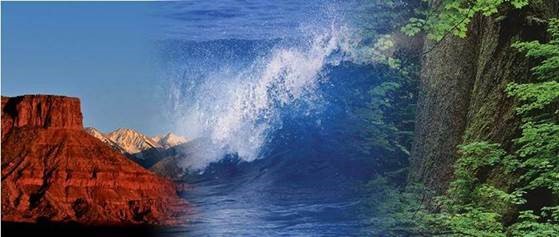
Faculty Publications
ORCID iD
0000-0002-1004-5048
Document Type
Article
Abstract
[1] An apparent link between upwelling‐related physical signatures, macronutrients, and toxic diatom blooms in the various “hotspots” throughout California has motivated attempts to forecast harmful algal blooms (HABs) as a function of select environmental variables. Empirical models for predicting toxic Pseudo‐nitzschia blooms in one such region, the Santa Barbara Channel (SBC), are tested in a nowcast mode using predictions based on merging data from MODIS ocean color geophysical products and the Regional Ocean Modeling System (ROMS) applied to the Southern California Bight. Thresholds for each model generate event forecasts. Spatially‐explicit, monthly HAB maps are compared to shipboard observations and California monitoring data, demonstrating that the models predict offshore events otherwise undetected by nearshore monitoring. The use of mechanistic hydrodynamic models in concert with empirical, biological models facilitates future process studies on the effects of coastal eutrophication and climate change on regional HAB dynamics.
Digital Object Identifier (DOI)
10.1029/2010GL045858
Publication Info
Published in Geophysical Research Letters, Volume 38, Issue 4, 2011.
Rights
Copyright 2011 by the American Geophysical Union.
APA Citation
Anderson, C., Kudela, R., Benitez-Nelson, C., Sekula-Wood, E., Burrell, C., & Chao, Y. et al. (2011). Detecting toxic diatom blooms from ocean color and a regional ocean model. Geophysical Research Letters, 38(4). doi: 10.1029/2010gl045858

